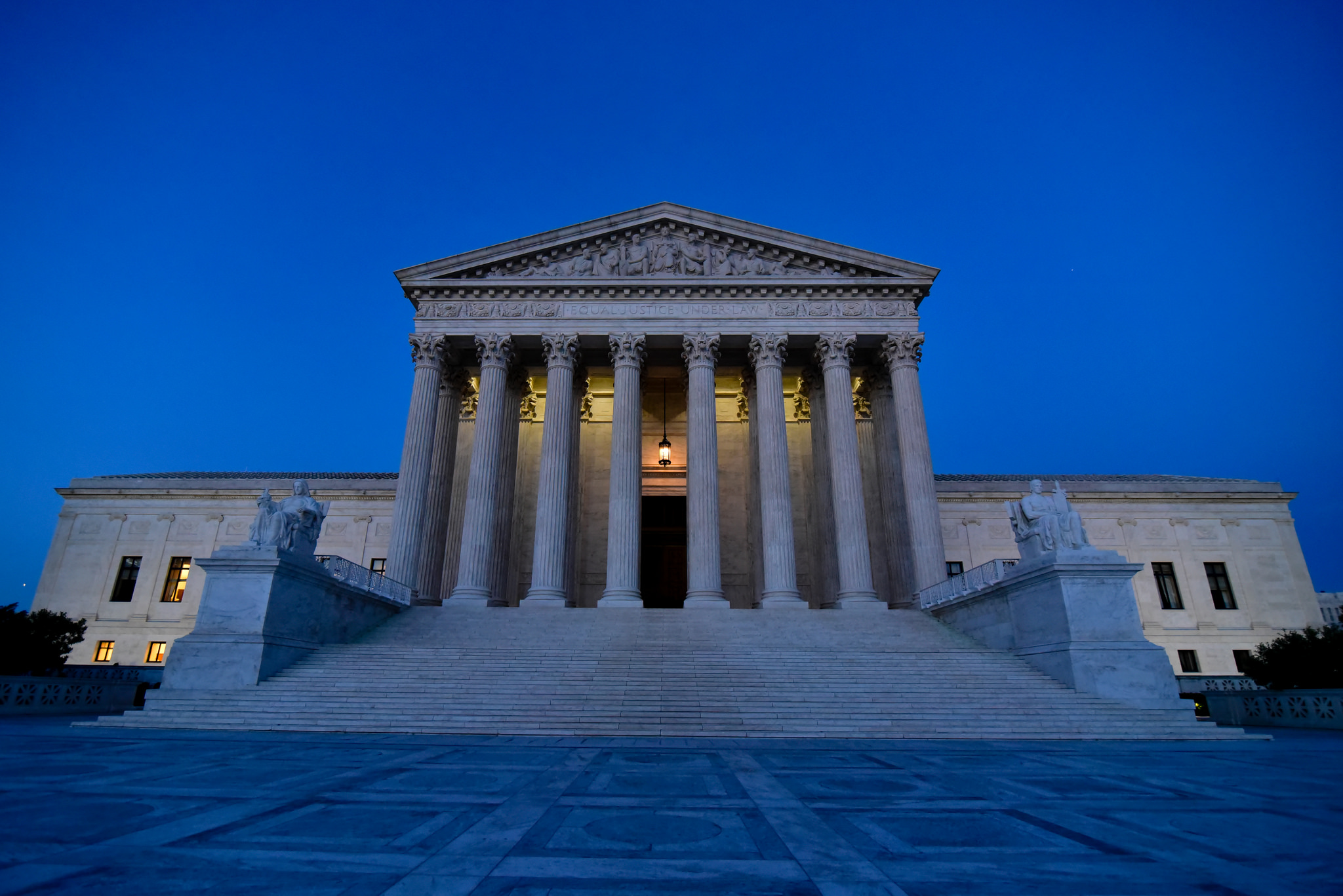Last week, the Supreme Court heard argument in the case challenging the WOTUS rule—the controversial rule defining the scope of federal bureaucrats’ authority under the Clean Water Act. Although the subject of the argument—which court the challenge should have been filed in—is not going to make headlines, the Court took the opportunity to highlight the statute’s Due Process concerns that have been bothering it for years.
CHIEF JUSTICE ROBERTS: The most — it seems to me the most basic question, are these “waters of the United States,” if you are — if you are a farmer somewhere and you don’t think these are “waters of the United States,” and you go to the district court, they’re going to tell you, well, sorry, you are out of luck because you didn’t challenge this within 120 days of the promulgation. . . . He’s not a lobbyist. He’s a farmer in Kansas. And all of a sudden, you come in and you’re telling him that he can’t, you know, discharge whatever into the lake. And — and he says, well, I don’t think that’s the right definition. And you say, well, you should have come to Washington four years ago.
The government argued that challenges to the rule had to be filed directly in the court of appeal, instead of the normal trial-level courts. If the government is right (which appears unlikely from the text of the statute and the tenor of the Supreme Court argument), one consequence would be that any challenge has to be filed within 120 days of the rule’s promulgation. If you don’t find out about the rule until day 121, because EPA threatened you with massive fines for plowing a wetland, you can’t challenge the rule that made the threat possible.
This is the latest example of what Professor Jonathan Adler described as the “Due Process Deficit” in environmental law. The Clean Water Act is a major source of this deficit: the reach of the law is so murky few could understand it; it is enforced haphazardly; and the agencies charged with implementing the law resist judicial scrutiny of their work.
The last time this statute was before the Supreme Court, Justice Kennedy questioned whether it is unconstitutional because it is too vague to be understood.
The Clean Water Act is unique in both being quite vague in its reach, arguably unconstitutionally vague, and certainly harsh in the civil and criminal sanctions it puts into practice. What’s the closest analogous statute that gives the affected party so little guidance at the front end?
Justice Kennedy’s concern is well founded. The Clean Water Act forbids the “discharge” of “pollutants” into “navigable waters.” But none of those terms are interpreted as an ordinary person would. Reading them, you probably think the statute is about pipes dumping toxic chemicals into rivers (regulation which few would object to).
But EPA has stretched it to apply to all sorts of land use activity on dry land. That’s the source of most conflict under the statute. Building homes in residential neighborhoods, plowing farm fields, and removing trash from a ditch have all resulted in agencies threatening ordinary people which incredibly harsh penalties for actions that most people take for granted. It is, simply, impossible for most people to know before hand whether their land is “water” in the eyes of federal bureaucrats.
The uncertain and broad reach of the statute also inevitably means that EPA has to pick and choose who to punish. It couldn’t possibly go after everyone. Rather than focusing on the most significant polluters, agency bureaucrats enforce the statute haphazardly, choosing targets for arbitrary reasons. In case after case, bureaucratic scrutiny is triggered by a complaining neighbor or an enforcement officer coincidentally driving by the property.
And, even though the target of the enforcement is engaged in innocent conduct that most of his neighbors are doing too, the agency routinely chooses to make an example of them. In 2012, the head of an EPA regional office resigned after public outcry to his statement that his enforcement approach was like the Romans invading the Mediterranean—they’d march into town and “crucify” (the bureaucrat’s word) the first people they see. The same attitude toward the people the agency regulates likely explains why it fined a California farmer more than $1 million for plowing a field and why it has threatened people with ruin for years only to back down when finally sued (because it could not prove its case).
That opportunity to take the agency to court is a new development. Just five years ago, the Supreme Court, in PLF’s Sackett case, considered whether a family accused of violating the statute by preparing a residential subdivision lot for home construction—and threatened with tens of millions in fines—could take the agency to court to challenge those threats. Brazenly, the agency argued that the family couldn’t go to court but had to wait until the agency decided to sue them, with the ever-mounting fines hanging over its head like the sword of Damocles the entire time.
The Court unanimously rejected EPA’s efforts to shield itself from judicial review in Sackett and that case was brought up repeatedly in the WOTUS argument last week. That the Court continues to be concerned about how agency overreach under the Clean Water Act impacts real people is a welcome sign. But addressing the court-access issue is just a start. The bigger problem lies in reining in the agency’s reach and shielding people from outrageous threats.
This post originally appeared on FREEcology. All opinions are Wood’s own and do not necessarily represent the views of the Pacific Legal Foundation.




